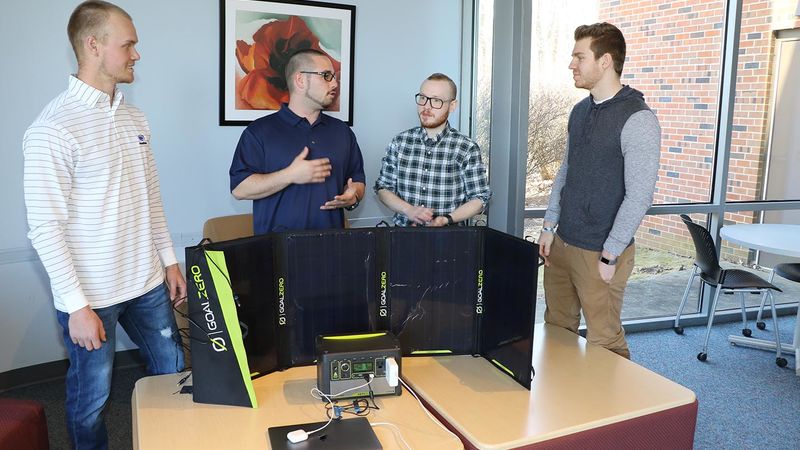Powering through a challenge
When the power goes out, for most of us it’s an inconvenience of losing something we take for granted – the ability to turn on a light, make a pot of coffee or watch TV. But for people with disabilities, power outages can be much more serious, threatening their sole means of connection and information from the outside world or hindering their ability to breathe.


